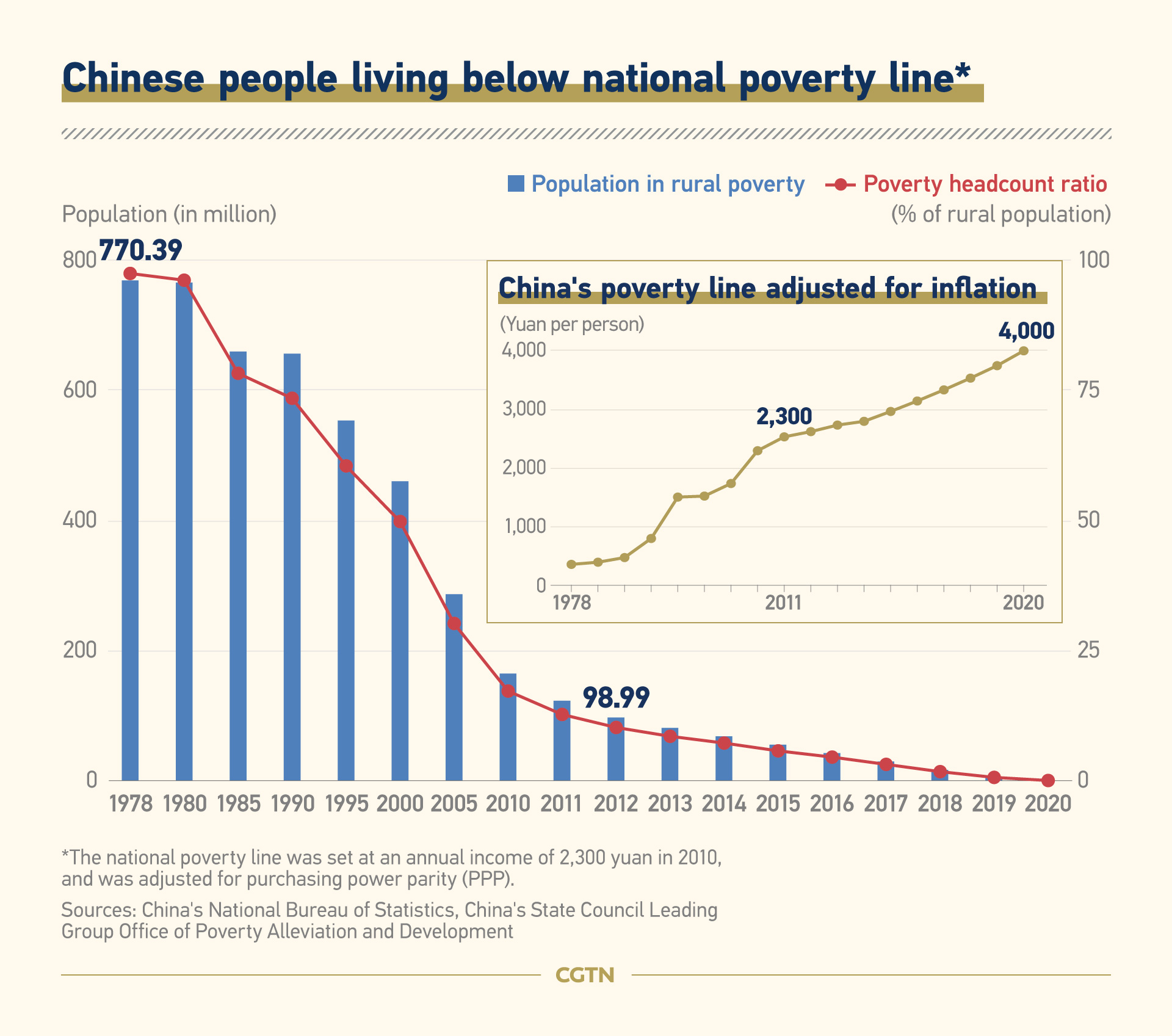China tided over difficulties caused by the COVID-19 pandemic and kicked its agricultural and rural development into high gear in 2020, rounding off the goals set by the 13th Five-Year Plan (2016-2020), said Tang Renjian, minister of agriculture and rural affairs, on Monday.
Tang was speaking at a State Council Information Office press conference on the advancement of rural vitalisation and acceleration of agricultural and rural modernization.

Rural developments during the 13th Five-Year Plan (2016-2020)
National grain output has remained above 650 million tonnes for six consecutive years, the contribution rate of science and technology agriculture edged up to over 60 percent and refined varieties were adopted in the production of nearly all the crops, said Tang, citing data from the "No. 1 central document" for 2021 released by the central government on Sunday.
The comprehensive mechanization rate of ploughing, sowing and harvesting reached 71 percent and the application of fertilizers and agrochemicals moved into negative growth territory for four consecutive years.
A decisive victory was pocketed in the fight against poverty, Tang noted. Under the current standards, all the impoverished people in rural areas were lifted out of poverty and 832 registered poverty-stricken counties shook off poverty, eliminating absolute poverty and region-wide poverty.
The income of rural residents continued to experience rapid growth, meanwhile. The income of farmers has grown faster than that of urban residents for 11 consecutive years. The urban-rural income gap narrowed from 2.64:1 in 2019 to 2.56:1 last year. The per capita income of farmers doubled the 2010 level one year ahead of schedule.
Tang said that living conditions in rural areas were appreciably improved, meanwhile, and the rough edges of infrastructure and public services were beefed up at a faster clip.
Food security highlighted
"For a big country like China, with a population of 1.4 billion, it's an eternal theme to ensure food security," Tang said.
Noting the national grain output reached a new record of nearly 670 million tonnes in 2020, which is five million more than in 2019, Tang stressed "the food supply in China is and will be always in a tight balance in face of the growing population and the uncertain external environment."
To guarantee food security, Tang highlighted the importance of farmland protection and farming technology development. The central government will carry out the most strict farmland protection system in a bid to keep the limited farmland being wasted or used for non-agriculture use, he said.
"We will guard the red line of 1.8 billion mu (120 million hectares) of arable land and ensure the 1.55 billion mu of farmland to mainly produce crops, vegetables and fruits," Tang said, adding that "we will fully protect and utilize rich black soil area in northeastern China."
On the other hand, Tang emphasized the importance of developing modern agricultural technology to boost yield and improve the efficiency of farming.
Besides the quantity of crops, Tang said it's the quality and diversity of crops, fruits and vegetables that also need attention, because the diversified and quality crops, vegetables and fruits could not only meet the consumption market demand, but also help increase farmers' income and improve agricultural efficiency.

